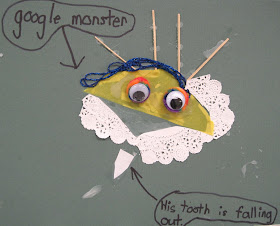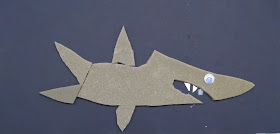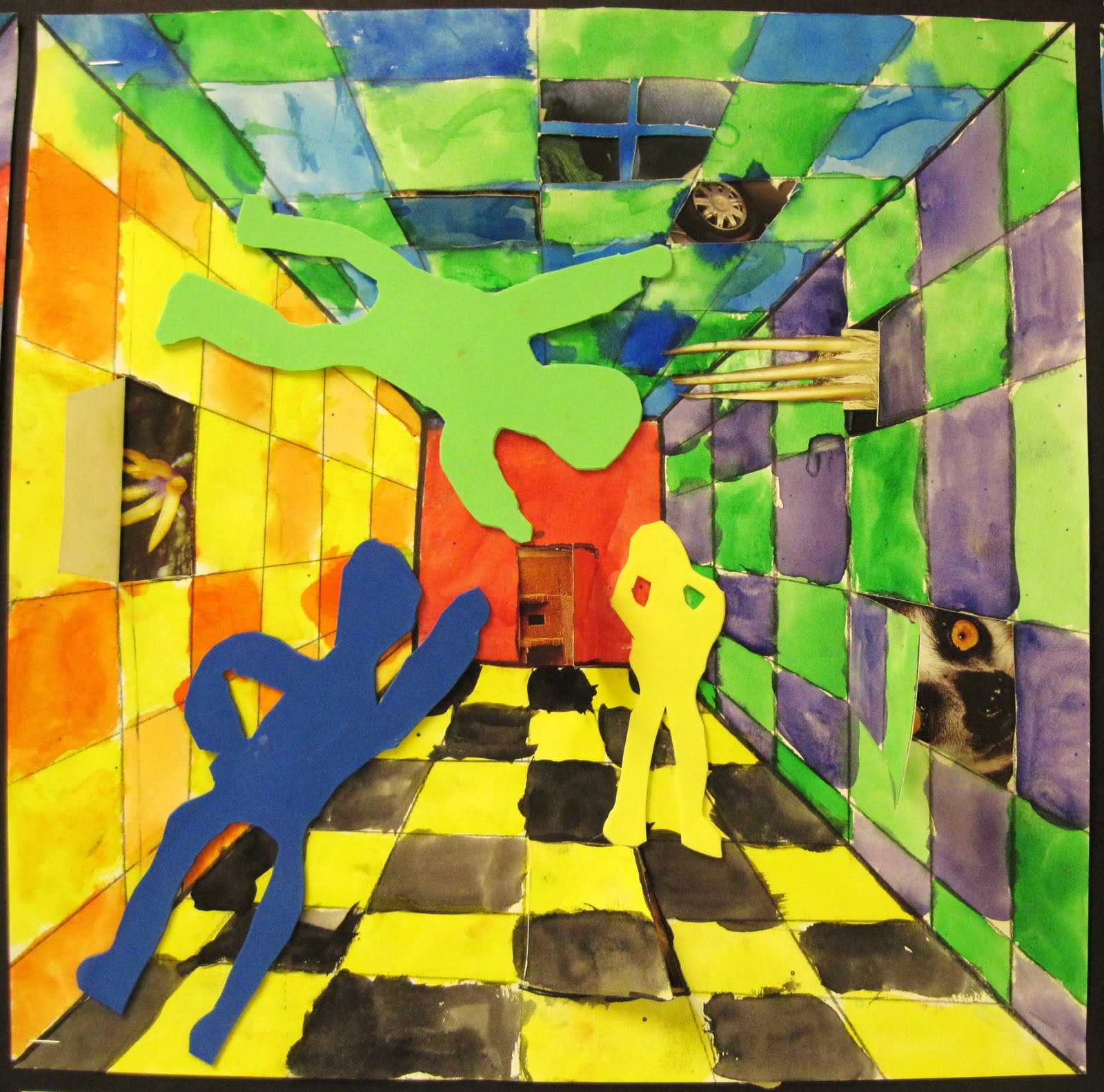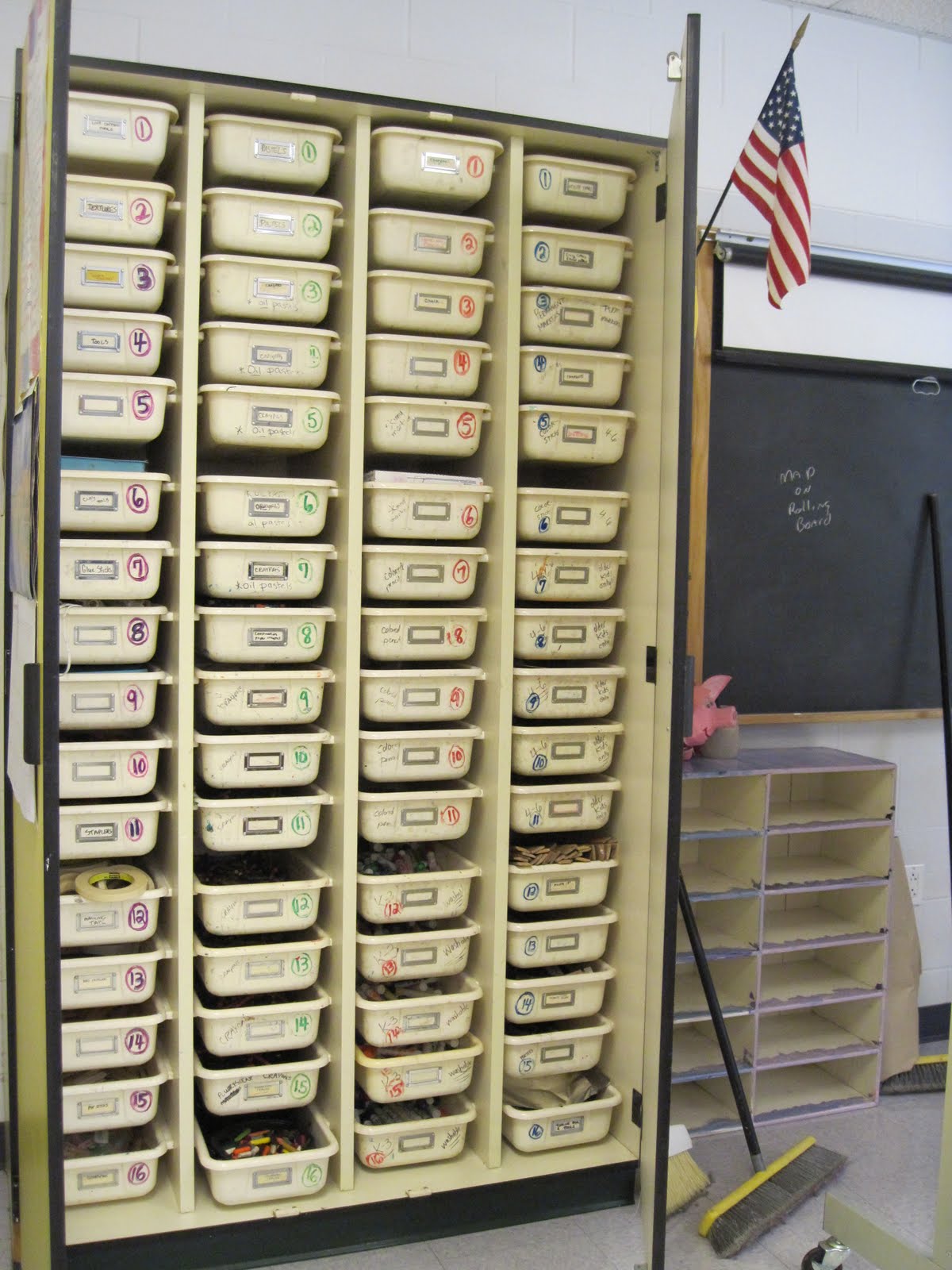It's normal to want to do things for others to help them succeed. But I think that we, as art teachers, need to remember how important it is to empower our students. We all know those 'helicopter parents' who want to know every step their child makes, who correct all the mistakes on their homework, and who, hovering, do everything for them, never letting them figure things out or make decisions on their own because they may just make a mistake or get hurt. The end result is, of course, kids who don't know how to make their own decisions, and who've never had a failure, never been hurt, and thus don't know how to handle it when the inevitable happens.
But here's the thing - some of us are 'helicopter art teachers' and might not even realize it. (I'm sure you know someone like this) So - in case YOU are a helicopter art teacher, I want to give you some things to think about.
First, a little disclaimer: This is not a TAB post. If that's what you came here expecting to find, you may want to look somewhere else. But I'd love it if you'd stay!
I'll start with the story of a student, a sweet but immature 5th grade boy whose baby-like behavior kept him from forming many friendships; he was an easy target. In 5th grade, students were working on a surreal perspective hallway. Windows and/or doors were to be cut open with X-acto knives (after a demo on usage and safety), and then magazine images were added to create surreal elements. The boy told me that he wasn't allowed to use a knife. He told me his mother still cut all his food. I knew he was a Boy Scout, but when I asked, he told me he wasn't even allowed to use a jackknife in scouting. I knew he had an obsessively hovering overprotective mom, and an IEP, so I decided, after a discussion with the special ed chair, that since it was only a few quick cuts, I would just do them for him so he could move on to complete the project.
But the following year, in 6th grade, my students were each creating a cartouche of their names in Sheetrock. We were using woodcarving and linoleum carving tools, as well as sharp blades, of course again with safety and usage demonstrations. I could see he was worried, but I told him it was safe if he followed instructions, and I wanted him to try and knew he could do it. He otherwise loved art, and I knew this would be a good step for him. Otherwise he couldn't succeed at the project. And I knew they'd soon be learning to use woodshop tools in technology class, anyhow. And of course, he was successful, and very proud of of his achievement. We don't learn how to do something if someone always does it for us!! More on this topic later...
Some thoughts on distribution of materials. Most of you often pre-set our tables with materials needed for the class period, and I would sometimes do that too. (If you wonder why I am writing in the past tense here, remember, I'm retired.) And I know many of you keep containers on each table with basic supplies: pencils, scissors, glue sticks, etc. Not me. I used a lot of big paper, and a lot of messy materials, and I did not want my tables cluttered with anything we weren't going to be using. My opinion - if my students weren't going to be using pencils that day, or scissors, or glue sticks, why would I have wanted them on the table? They'd just get in the way.
In my classroom, I had a large unit with labeled bins at the front of the room (above), a counter on the side of the room, and a low round table in the center (below). I generally kept containers of both pencils and black Sharpies on the round table, and would often also use it as a place to put specific supplies that students would need for the day's class. If all students needed a scissors (or glue, or ruler, or some other material) at the same time, I would have a student helper pass them out and collect them. But, often, in a project with multiple steps done independently, I would simply leave assorted materials on the round table. The students were told "If you are ready for a scissors (or whatever), get up and get one." And when they were done with the scissors, they'd get up and put it back, keeping their table clutter-free. This means (*warning!*) that the students were frequently getting out of their seats to get what they need. *An aside here - since this means the kids were often walking with scissors, my rule was this: 'points down, hands around'. And obviously no running in the art room, ever. We chanted the 'scissor rap' together, with hand motions. The kids knew that the was the only way they were allowed to walk with a scissors was with their hand wrapped around the point.
Are you afraid of letting students get out of their seats to get things? Think about how empowering it would be to let THEM get the materials out, if they know where they are kept! Then, during any free choice time (I often had students in during lunch, for example), they could also go to the bins and find whatever they might want to use, instead of asking you for a specific material. *Note: the very top bins had materials I wanted to keep safe from young hands, such as the X-Acto knives. And I had plenty of storage elsewhere, so materials I did not want used regularly were kept elsewhere.
Certainly you can (and should) set parameters. For example, while doing collage projects, I might have put all the materials on the counter. Or while weaving, all the yarn might have been in bins on the round table. Or while doing a painting using many pre-mixed colors (such as in this recent post), I might put a large tray with all the pre-mixed colors of paint on the round table. Students could get up, get ONE color (or ball of yarn), or THREE collage items, and bring them to their table. When they needed a new color or yarn, they'd have to return one color, and exchange it for another. Or when they needed more collage materials, they'd simply get up and get three more. All scraps were immediately placed in the recycle box.
Having a classroom where kids are able to get up, move about, and get what they need will make your life easier, and makes them more independent. Can't find what you need? Get up and look for it! Your paint water is dirty? Go change it! You need a different size paint brush? Go find the right size! You spilled something on the floor? Wet a sponge, squeeze it out tight, and wipe up the mess! Want to add another fun layer to this? Put on some calypso music (or something else fun) and make the rule that if you need to get up and get something, you have to dance your way there! Then watch it happen!
And, how about this: for students who can't figure out how to do the next step of the project, or you simply don't remember what it was, this rule was posted on my board: Ask Three Before you Ask Me! This rule will empower students to be helpers. Oftentimes, this will be a win/win situation, as the student in need of help learns from a peer, and in the process, it frees you up to help someone who really needs your guidance.
Now, on to the topic (which I have talked about before, particularly in this post written August 2010). The topic is the use of tracers/templates/stencils. Now I'm NOT going to say there is never a time and place to use a tracer; I'd be wrong. In particular, I have used tracers for geometric shapes (I often use everything from bottle caps to rolls of tape as circle tracers), and occasionally to serve as specific means, when the shape might have been incidental to the product. And I know some of you, particularly those with 30 minute classes, are working with serious time constraints, and need to find ways to get things done very quickly. What I however DO object to is the use of tracers in lieu of a child's drawing because 'it will look better'. What if the 3rd grade child below had used a tracer for her magnificent elephant, and if everyone in the class had also used elephant tracers? They would have lost the absolute magic of each piece of artwork being an original child's interpretation.
Instead, since we were going to be painting 'fauve' African animals, the students practiced drawing African animals using a series of projected and printed images. We looked at the animals, discussed what shapes made up their bodies, which way their legs bent, whether they had a neck, and so on. We practiced putting together the appropriate shapes to make the animal, and in the end, the kids learned a LOT about how to draw animals. I contend that learning this way will empower your students to make decisions, and they will have much more pride in their work, because it is truly theirs.
 |
| grade 2 texture monster |
For the two dragons below, made by 3rd graders with tin foil, clear contact paper, and Sharpie markers, we began by brainstorming and writing on the white board what kind of features a dragon might have, and why. Is it going to fly? Then it might need wings. And so on. In the end, each dragon was created based on the unique vision of the artist who designed it, rather than a bunch of matching dragon shapes designed by me and simply filled in like coloring books. (To see more of the dragons created during this lesson, with a description of the process used, look here.)
Again, for the 2nd grade 'texture creature' on the left below, or the 3rd grade alien portrait on the right, we brainstormed the many possibilities. And in the end, each student had a unique product. To see more work from either of these projects, or the kindergarten one below, follow these links: texture fauves, alien portraits, blob monsters.
below, kindergarten 'blob monster'
Certainly it is our role as art teachers to guide. But we need to be careful about doing it for the student, rather than helping them to succeed on their own. Imagine, for example, when building plaster bandage 'people in motion' in three 6th grade classes, that one girl in each class chose to build a ballerina. Students were shown how to form the basic armature, and then took these projects in varied directions. Each of the ballerina-makers asked how to make a tutu. To each of them, I offered the same options, materials, and guidance, and I was thrilled that they individually each found a completely different solution within the offered parameters. Their unique solutions are so much more interesting than they would have been if I simply had said: "do it this way". I'd give you a link to see more of these sculptures, but they have been posted more than once. But if you are interested, use the search bar on the right or the labels on the bottom of the blog, and search 6th grade, or plaster bandage, or sculpture, or people in motion, or people in action. You'll find them through various searches!!
My point is this: we should offer students the opportunity to become independent thinkers. We need to let them gain a level of independence to make them confident about their work, and less dependent on copying or tracing that of someone else. We need to prevent ourselves from being helicopter art teachers, hovering over our students and making all their decisions for them. Sometimes, yes, they will fail. And that, broadly, is the topic of my next post. Until then, I hope everything goes swimmingly well!
 |
| grade 2 texture shark |

















Another insightful post, Phyl. I wish I had been fortunate enough to have had a college instructor with your vision, almost 40 years ago! It's interesting to read about your way of encouraging independence when getting materials. I have always been a proponent of have it ready for them when they walk in the room, because of time constraints for one. I see the value of having them go to different places in the artroom to get what they need but I also know that they want to stop along the way and chat. Therein lies the rub....my classes are back to back, different grade level every 45 min. I have to be super organized with the supplies so that the maximum amount of creating time is utilized. I guess it boils down to what works best for each of us. As far as tracers are concerned, I agree with what you said to a point. They have their place in my artroom and are used judiciously. One of the greatest comments an admin. ever gave me was the fact that all of my students work on a particular project was so vastly different from one another. Just one more thing, did you keep the color wheel table when you retired? :-)
ReplyDeleteOh, my...a sore subject! The color wheel table is still in 'my' room. It was a table another teacher had discarded when I 'rescued' it and painted it a few years back, so I guess technically I took ownership, but I didn't think I could leave the building wit the table under my arm without being noticed. And because I know the gal who replaced me, I don't think it would seem right of me to try to take it from her. But I'd love to have it. :(
DeletePhyl
ReplyDeleteLots to think about in your post...I agree, I am not a caddy catchall art teacher either. Needless junk in the way on our workspaces. My issue is with the classroom teachers who teach "learned helplessness" and then I try to get the kids to be resourceful and they feel the need to ask permission to get a tissue.
And no tracers - they are only available for the Para's if they them to help a 1:1 student.
I do not buy pencils with erasers on the end as I found they were to dependent on one right answer to a drawing.
This may not be a TAB classroom, but fostering independent thinking is "teaching" your student to be "artistically" "behaved" because you are encouraging them to develop confidence in their their own choices.
Thank you.
Yes! I agree about erasers being such a problem. We used them sometimes, but I especially like drawing with something other than pencils to encourage larger drawing. (The elephant, for example, was drawn with yellow chalk. Easily removed, but hard to draw small.
DeleteA great post. My student population struggles with the helicopter parents therefore I struggle with the helpless student in the class. Glad to know I am not alone. I need that ask three poster! I recently have been referring to this. We give out sparkle rewards at our school. I have begun having kids keep track of how many students they helped in class (tying knots etc) They get that number of sparkles at the end of class. It has helped a lot with the helplessness.
ReplyDeleteI made the Ask 3 poster after seeing the idea I think on Pinterest. I love the idea of sparkles! Who doesn't like a little sparkle in their life!?
DeleteA great post. My student population struggles with the helicopter parents therefore I struggle with the helpless student in the class. Glad to know I am not alone. I need that ask three poster! I recently have been referring to this. We give out sparkle rewards at our school. I have begun having kids keep track of how many students they helped in class (tying knots etc) They get that number of sparkles at the end of class. It has helped a lot with the helplessness.
ReplyDeleteThat's a powerful message. I'm not a school teacher but I do have teach Sunday School, and I do have a creative heart. I'm inspired by your words. I'm hoping to steer my son into some kind of art class as he enters high school next year - I see they have airbrush classes and I'm hoping I can get him interested. He hasn't liked art class since 3rd grade when he would "fail" art because he didn't draw exactly as the teacher wanted him to. He was so stifled he grew to hate "art", which breaks my heart. So now I try to be a sneaky mama and try to help him "create" as much as I can. Thank you for this encouraging post.
ReplyDeleteThank you, Phyl. I wish every art teacher could read this. It is the essence of how we should be teaching.
ReplyDeleteThis comment has been removed by the author.
ReplyDeleteAnother great article, thank you! This is exactly my teaching style and has been for the last decade. I have found the kids thrive under this kind of freedom. They are trained from kinder to know where to get materials and how to return them. No one leaves my room until it is clean: tables, floor and supply table included. Art teachers especially need to give up some control and allow 21st Century thinking into their rooms. It is transformative! Thank you for posting, I feel that we are kindred spirits.
ReplyDeleteThanks so much, Leslie! I'm so glad to know I make sense to some people. Sometime I feel like I'm so different from everyone else I see online that I'm afraid the world will think I'm nuts when they read my opinions. Si it is gratifying to find kindred spirits like you!
Delete